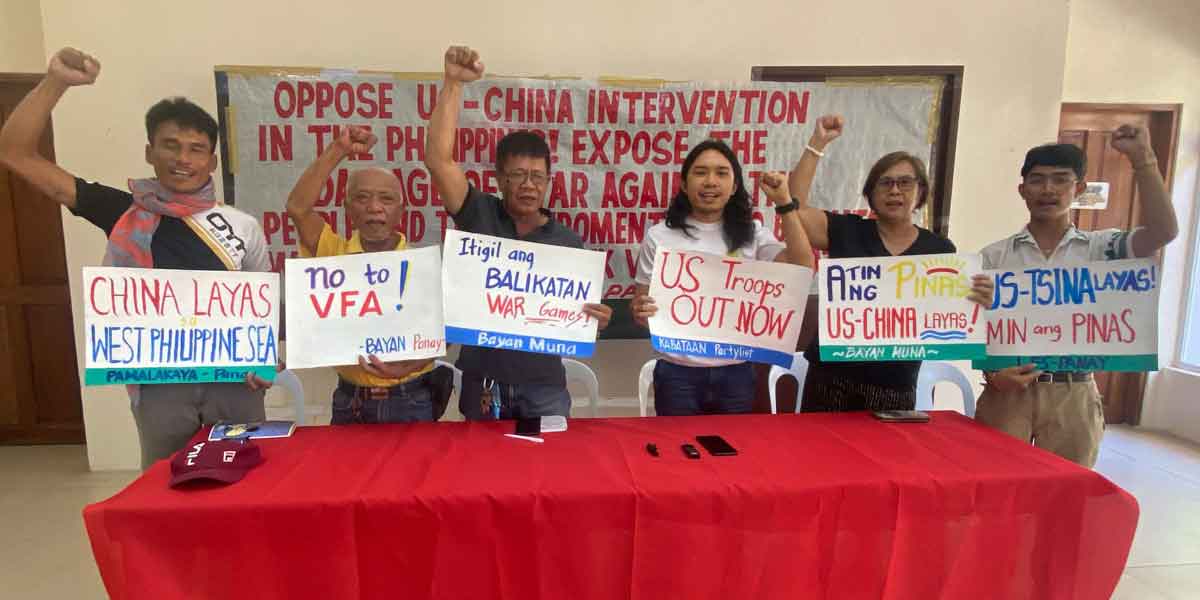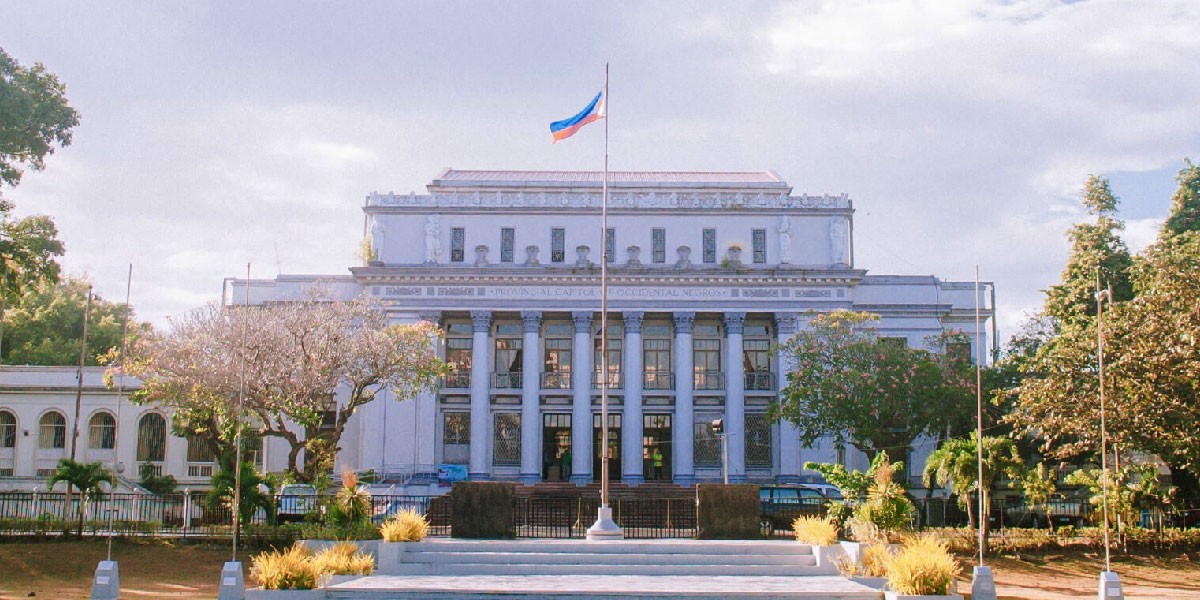 By: Modesto P. Sa-onoy
By: Modesto P. Sa-onoy
TODAY marks the day when the United States dropped the second nuclear or atomic bomb in Japan. On the 6th of August 1945, the first bomb was detonated in Hiroshima; the second in Nagasaki. The two bombings killed between 129,000 and 226,000 people, most of whom were civilians. This is the only time nuclear weapons were used in armed conflict. So devastating were the bombs that after the war, all nations tried to prevent another holocaust that would have rendered this planet inhabitable.
The Americans had already bombed 67 Japanese cities using conventional bombs that ranged in weight from 500 to 1,000 pounds, including incendiary bombs that turned the houses in Japan into a virtual inferno. But Japan refused to surrender. The Americans had demanded, in accord with the Potsdam Declaration of July 26, 1945 that only an unconditional surrender will be acceptable. By this time, only Japan of the Axis Powers continued to fight. Italy and Germany had already surrendered with the death of their leaders, Benito Mussolini, and Adolf Hitler, respectively.
There was fear in Japan that the same fate awaited their Emperor, Hirohito so that there was a fanatical determination to continue to fight to the death, to bring as many Americans with them to the nether world. This same thinking pervaded all over Asia where the Japanese commanders and soldiers waged the futile banzai charge that ended in their complete annihilation.
There were estimates that over a million American soldiers and their allies – British, Filipino, Indians, Chinese, New Zealanders, and Australians – will die in the invasion of mainland Japan.
Hirohito realized the stakes he had to take and the consequences of surrender, but he decided to capitulate. The Japanese worst fears never materialized because the conquerors preferred a democratic Japan, not a deserted land. General Douglas MacArthur, the Supreme Allied Commander, reshaped Japan into a modern nation never known in human history of conquest. The story of this transformation is a lesson that is being lost today.
China is taking the same route that Japan took from 1936 until it was defeated. It bullied its neighbors to provide for what nature has denied Japan – natural resources coupled with ambitions to expand its empire.
The Philippines is getting the kind of treatment from China in the same way that Japan treated China as a prelude to conquest. There are, however, new realities that China must confront – the mass and mutual destruction in a nuclear war. And so, China is using an old tactic – infiltration. First economic and now its horde of millions.
In the years that Japan planned to expand its empire, it used the tactic of infiltrating Asian countries with military personnel disguised as workers in various lowly jobs that allowed them to travel around the country, noting important sites and personalities that would serve them when they finally took over the Philippines in 1942. The unknown number of Japanese workers and businessmen allowed to work in the Philippines became the enemy within who struck at the right time with their personal knowledge of Philippine territory and ambitious public officials with anti-American sentiments.
The Philippines had opened its borders to China. A Chinese tourist can come in and get his visa at the arrival area – no background check and they end merging into the Philippine workplaces. The Philippine Navy has just issued a warning against allowing China to develop three islands in northern Luzon and the government is perfunctorily complaining on paper the construction of anchorage in the Philippine Sea. There is no record of how many Chinese had infiltrated in the Philippines where they could vanish among the Chinoys in this country.
If not for the clear expansionist interest of China for the Philippines, we would be hospitable but sadly the Philippine government has chosen to temporize. While there is a plan to stop the visa upon arrival policy, no action has been reported. This courtesy is not extended to Filipinos going to China where the process is strict.
The number of Philippine officials raising the warning flag is rising but the government is taking its sweet time still hoping that China will abandon its ambitions. But after several years, China had not shown it respects our national integrity.
Perhaps it is time for citizens to send a message to China our displeasure by not buying anything “Made in China.”





















